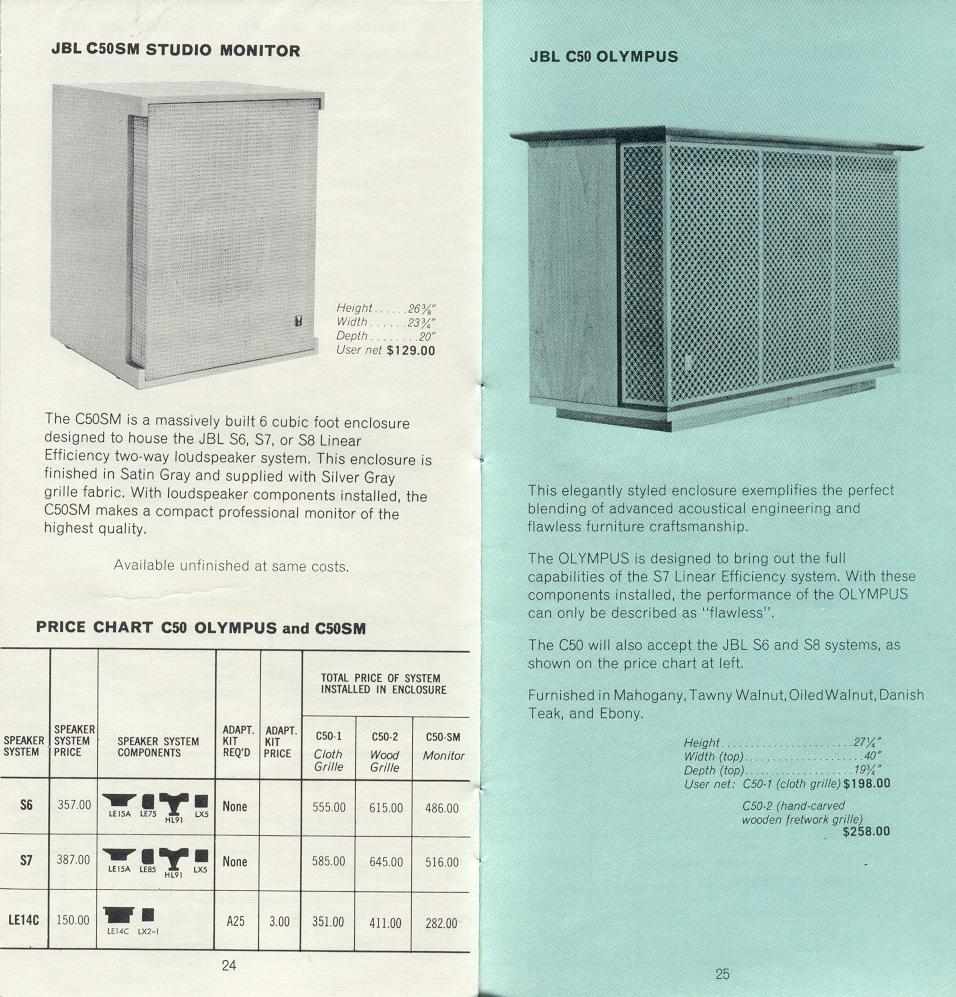Z3Dreamer
Thinks s/he gets paid by the post
Sound on TV in living room has not been good. To hear voices, you have to turn sound up so that background noises are too loud. So years ago, we purchased a receiver and a 5.1 speaker system. Still did not fix problem but it was better. Most voice is through the center speaker. We have adjusted the center speaker volume to max. In late 2016 we purchased "big ole 4k monster 55" TV". Sound was no better, even with receiver and 5.1. Purchased a sound bar made by TV manufacturer. Did not help. I am returning sound bar today.
Temporarily, we moved TV to a smaller room and sound is great, even though I am only using TV speakers. So, I began thinking that our normal room of about 250 square feet (2,500 cubic feet) was the problem. Read about how furniture and placement of speakers can be a problem.
Here are the stats:
After doing some research, I think the problem is that the room needs power and the frequency response of the speakers is terrible. I think that the overall power of the receiver is possibly OK. Receiver is 12 years old. Speakers are 9. Receiver cost $200. Speakers less.
So my plan is to replace the 5.1 speakers with better more powerful ones. If that doesn't fix it, replace the receiver.
Please note that some places have systems costing thousands. I want to spend a few hundred. After all I am a retired guy, living on .....
My questions to you: Does this sound like a reasonable approach? All equipment was purchased at a big box electronics store. I plan on talking to folks at this big box store and buying replacement speakers there. Any other store recommendations?
Temporarily, we moved TV to a smaller room and sound is great, even though I am only using TV speakers. So, I began thinking that our normal room of about 250 square feet (2,500 cubic feet) was the problem. Read about how furniture and placement of speakers can be a problem.
Here are the stats:
- TV speakers are 20W
- Receiver can handle 90W per channel. A combined 540W
- 5.1 speakers are 50W each with frequency response of 175-20kHZ. Human ear can hear 20-20kHZ.
- Sound Bar, which I am returning is 300W. I could purchase some rear speakers that work with sound bar. That would add 120W
After doing some research, I think the problem is that the room needs power and the frequency response of the speakers is terrible. I think that the overall power of the receiver is possibly OK. Receiver is 12 years old. Speakers are 9. Receiver cost $200. Speakers less.
So my plan is to replace the 5.1 speakers with better more powerful ones. If that doesn't fix it, replace the receiver.
Please note that some places have systems costing thousands. I want to spend a few hundred. After all I am a retired guy, living on .....
My questions to you: Does this sound like a reasonable approach? All equipment was purchased at a big box electronics store. I plan on talking to folks at this big box store and buying replacement speakers there. Any other store recommendations?

